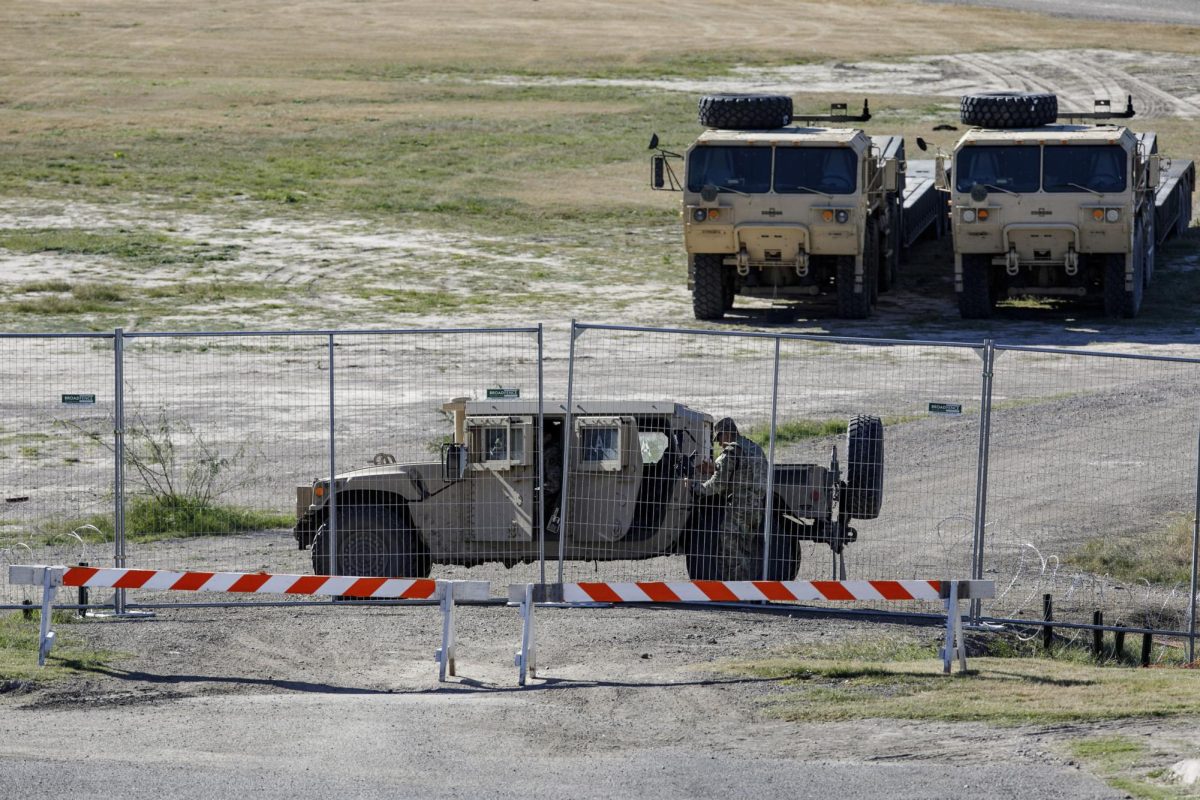It starts with a tropical wave. This wave occurs when dry air blows from the Northeast and travels through the trough line. The trough line is an area across the ocean that holds relatively low air pressure. Once this wave passes through the trough, the air pressure will spike once it moves through the tropics. This sudden change of pressure causes increased showers and thunderstorm activity. Vast differences of temperature in the air work together to create a rise and fall of air that forms clouds. Once water condenses and forms precipitate, it releases excess heat to power the storm. When these storms reach 74 mph, they become known as hurricanes or tropical cyclones.
Hurricane season started on June 1, and will end approximately at the end of November. Within this short time frame, there have been 13 tropical cyclones. Four of these strengthened into hurricanes with three becoming major hurricanes threatening to cause serious damage and disaster in its wake. Hurricane Idalia was the third major storm to hit America in 2023. When Hurricane Idalia traveled over the Gulf of Mexico, it became a category four hurricane. This means its winds are traveling between 131 to 155 miles per hour.
This disaster landed on Aug. 30 in the Big Bend Region of Northern Florida. Although Big Bend endured the most damage, storm surges filled all the way to the streets of Gulfport, Shore Acres in Saint Pete, and other areas of Pinella county. Originally, this hurricane was a category four, but the storm weakened to a category three once Hurricane Idalia traveled onto land.
An enormous amount of damage was sustained when the tropical cyclone hit Florida, with six to nine feet of high tides flooding streets and homes. Two people have passed away in car accidents during the chaos of the storm in Florida, while one person has passed away in Georgia with unknown circumstances.
The damages have totalled up to approximately $5 billion, most of the destruction occurring to homes, streets, and stores. As Florida officials continue to assess the damage, these costs could skyrocket up to $9 billion. Unfortunately because Big Bend was hit, it will be harder to rebuild as resources and financial aid is scarce. Low population areas are dependent on their local governments during times of trouble, but combined with a population count of 25,000 and about one in every five people struggling with poverty, it will be a struggle to account for all the damage.
The Big Bend area is home to a large population of latino and immigrants who were concerned about their safety when they were warned about Hurricane Idalia. About 25 letters were sent from latino and immigrant rights organizations to DeSantis to make a statement to suspend immigration enforcements. DeSantis released an announcement reminding state and local authorities that they are prohibited from enforcing activities at protected areas provided by emergency response and relief. This statement allowed the complete safety of all the people in this area, regardless of citizen or immigration status.
To help alleviate the strain of high costs of damages to the citizens of Florida, a major disaster declaration was announced by President Biden on Aug. 31 to provide relief. This allowed the federal government to fully reimburse the cost of debris removal, security, and local recovery efforts for 30 days. As well as covering the costs of damages, business, and house owners can apply for low-interest loans to cover uninsured property damage and losses.
To help all the states who had been hit by this unfortunate disaster, aid from CSX Transportation and Norfolk Southern Railway donated a total of $100 thousand to the American Red Cross. The Red Cross has also helped provide 800 overnight stays in 24 shelters across Florida and Georgia. More than 26,700 meals were provided to displaced populations as local governments begin to assess damages. As the citizens who have been affected by the storm slowly return to their daily life, lots of nonprofit organizations are reaching out to help the people affected by Hurricane Idalia.
To donate, volunteer, and raise fundraisers go to redcross.org, Hurricane Idalia.




